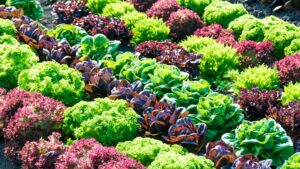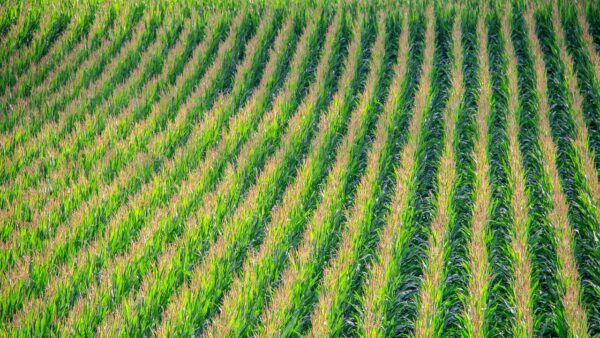Prickly lettuce, a common weed that has long vexed farmers, has potential as a new cash crop providing raw material for rubber production, according to Washington State University scientists.
Writing in the Journal of Agricultural and Food Chemistry, they describe regions in the plant’s genetic code linked to rubber production. The findings open the way for breeding for desired traits and developing a new crop source for rubber in the Pacific Northwest.
“I think there’s interest in developing a temperate-climate source of natural rubber,” says Ian Burke, a WSU weed scientist and one of the study’s authors. “It would be really great if prickly lettuce could become one of those crops.”
When the lettuce we eat and grow in our gardens bolts, a milky white sap bleeds from the stem. In prickly lettuce, the wild relative and ancestor of cultivated lettuce, this same substance could prove to be an economically viable source of natural rubber and help alleviate a worldwide threat to rubber production.
Burke has reviewed many studies of prickly lettuce and its cultivated cousins, but one in particular gave him an idea. A study published in 2006 found that the latex in prickly lettuce was very similar to the polymers found in natural rubber.
Early bolting plants with multiple stems would allow for multiple harvests over the season and potentially maximize rubber yields.
Burke says that selecting for other traits, such as water use efficiency, could allow prickly lettuce to be grown with minimal rainfall, meaning it could be grown in rotation with other crops.
For more information, visit https://news.wsu.edu/2015/04/06/study-points-the-way-toward-producing-rubber-from-lettuce/#.VSUogDpLI56.











